Unveiling the Rich Tapestry of Asian Board Games


Asian board games, a rich source of strategy, culture, and entertainment, have captured the hearts of players worldwide. From the intricate depths of Go to the thrilling fun of Mahjong, these games provide more than just an escape from reality; they are a journey through the rich historical and cultural landscapes of Asia.
The Ancient Strategy of Go
Go, also known as Igo in Japan and Baduk in Korea, is an ancient board game that has captured players’ hearts for thousands of years. Its origins can be traced back at least 4,000 years to China. Despite the game’s seemingly simple setup – played on a 19×19 square grid with black and white pieces – its strategic depth is enormous, making it one of the most complex board games ever created. The goal is straightforward – to control more space on the board than your opponent. But achieving this requires deep strategic thought, planning, and the ability to adjust to the ever-changing game state.

One of the unique features of Go is its balance system. Despite the first-mover advantage in the game, it is inherently balanced through the use of the “komi” system, which compensates the white player for their move. The exact amount of compensation can vary, typically ranging from 6.5 to 7.5 points in competitive play. This ensures a fair contest for both players.
The complexity and elegance of Go has not only made it a popular game, but also a subject of computational research. In recent years, the advancement of AI in Go has marked significant milestones in the field of artificial intelligence. The famous AlphaGo, developed by Google’s DeepMind team, defeated world champion Lee Sedol in 2016. This was a feat that some thought would take decades, highlighting the intricate complexity of the game and the ability of the AI to master that complexity.
The appeal of the game lies not only in its strategic gameplay, but also in its cultural significance. In East Asian countries, Go is not just a game, but an integral part of the cultural heritage. It is often associated with philosophy, strategic thinking, and the art of war, and it teaches us patience, the importance of balance, and qualities that transcend the game and can be applied to daily life.

Go enjoys a vibrant global community with millions of players worldwide and professional tournaments. It also has a rich body of literature devoted to strategies and theories, and the International Go Federation (IGF) was established in 1982 to oversee the game’s international professional scene. The IGF promotes Go around the world and fosters global competition.
In essence, Go embodies the fusion of art, science, and culture. Its simple rules and profound strategy offer a microcosm of the intellectual and artistic pursuits that have fascinated humans throughout history, making it a timeless and endlessly fascinating game.
Mahjong: The Quintessential Tile-Based Game
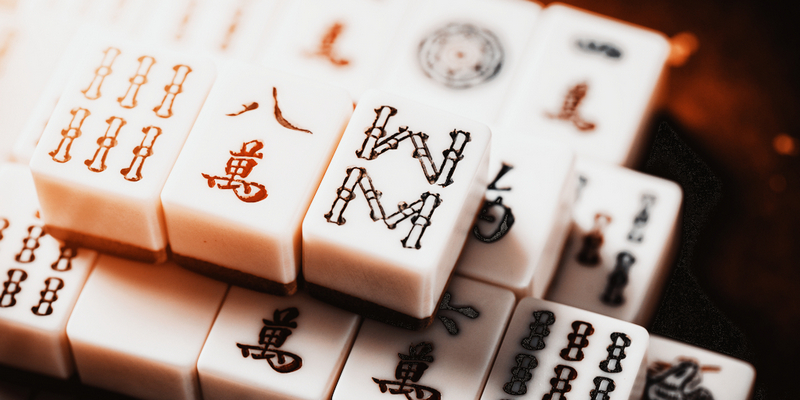
Mahjong, an ancient tile-based game that originated in China, has a rich history and deep tradition. Dating back to the 19th century, the game has become an integral part of Asian culture, often being played during social gatherings and celebrations. Players use a set of 136 unique tiles, each decorated with Chinese characters and symbols, to form a winning hand that consists of a specific combination of tiles. The objective of the game is to draw and discard the tiles in order to assemble the winning hand.
The allure of Mahjong lies in the blend of skill and strategy, as well as the serendipity of each draw, offering a unique and dynamic gaming experience. This game has captivated millions around the world, thanks in part to its psychological elements. Reading opponents and anticipating their moves are just as crucial to success as the luck of each draw. The strategic depth of Mahjong, combined with its social interaction, has contributed significantly to its enduring popularity. This timeless game continues to be enjoyed by players of all ages and backgrounds.
Beyond its recreational value, Mahjong has also been the subject of cultural importance and scholarly attention. It represents a bridge between the past and the present, showcasing traditional Chinese arts through its beautifully designed tiles, each of which tells a story or represents various philosophical symbols. The portrayal of Mahjong in literature and films has further enhanced its status as not just a game, but a cultural artifact that offers insights into Chinese society and traditions.

Mahjong has received international acclaim through its global tournaments and dedicated community of players. The World Series of Mahjong and other international competitions showcase the game’s competitive nature and universal appeal. Additionally, digital versions and online platforms have brought Mahjong to a wider audience, allowing enthusiasts to engage with the game across borders, connecting people from diverse backgrounds through a shared love for this unique game.
In summary, Mahjong is more than just a game of tiles. It is a testament to China’s rich cultural heritage, a mental and strategic challenge, as well as a means of social bonding. The enduring appeal of Mahjong lies in its complexity, the joy of playing, and the cultural values that it embodies. This makes it a quintessential game that transcends time and space.
Xiangqi: China’s Answer to Chess
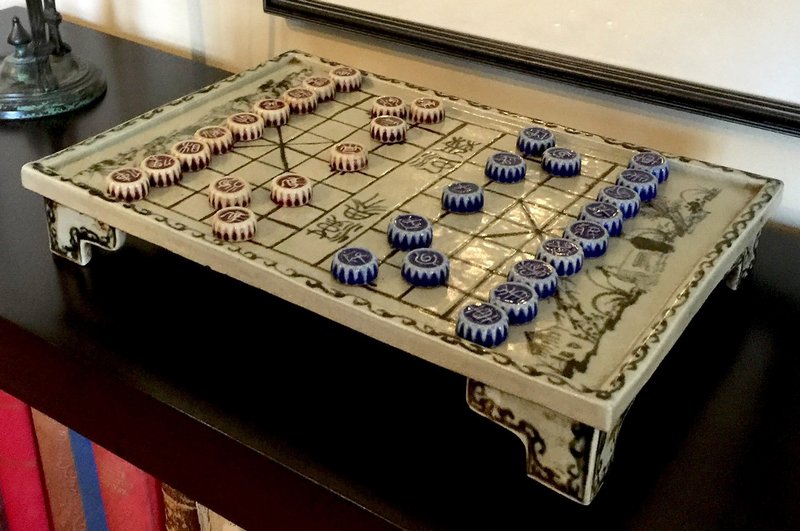
Xiangqi, also known as Chinese chess, has been a fascinating game played for centuries. Its origins date back to the Song Dynasty in ancient China. Xiangqi embodies the strategic and tactical aspects of warfare, which makes it a deeply cultural and intellectually enriching experience. Played on a 10×9 board with intersecting lines, the game involves two opposing armies, each seeking to capture the other’s general. Players navigate through soldiers, cannons, and other unique pieces with their own movements and abilities.
Unlike international chess, Xiangqi includes the concept of a river in the center of the board, which divides it and adds a strategic layer by restricting the movement of certain pieces. The game also includes a “fortress”, a 3×3 square at each end of the board, restricting the movements of generals and advisers, which mirrors the defensive strategy of protecting the king in real-life battles.
One of the unique features of the game is the cannon, which introduces a capture mechanic unlike any other found in Western chess. It requires a “screen” to capture, adding to the depth of tactical play. This single piece can dramatically alter the dynamic of the game, making Xiangqi a rich experience in both strategic planning and unexpected turns.
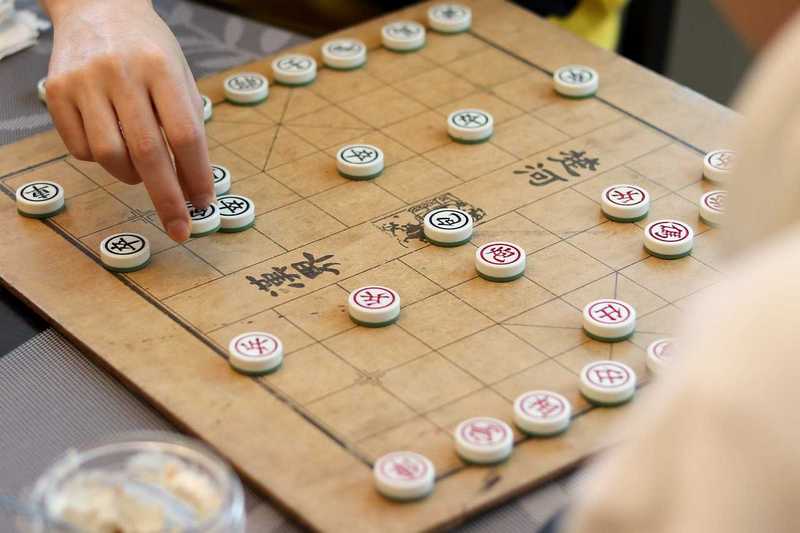
Xiangqi is not just a game, but also a representation of Chinese philosophy and military strategy. The balance between aggressive and defensive tactics in the game mirrors the Taoist concepts of Yin and Yang, which emphasize the need for harmony and flexibility. Xiangqi is deeply ingrained in Chinese culture and is played by millions of people in parks, homes, and clubs all over China and the world. In addition to being a leisure activity, Xiangqi is also a competitive sport with tournaments and events that attract participants from all over the world.
The game has seen a surge in popularity thanks to online platforms that allow players from around the world to compete, learn, and share strategies. Websites and apps provide tutorials for beginners and challenging AI opponents for practice, as well as online matches for more experienced players, making Xiangqi more accessible to a younger generation of enthusiasts.
In summary, Xiangqi is more than just China’s answer to chess; it’s a venerable game that combines deep strategic elements, cultural heritage, and intellectual challenge. Its enduring appeal lies in the rich complexity and the strategic depth it offers, making every game a new journey into the heart of Chinese tradition.
The Excitement of Nyout: Korea’s Intellectual Race Game

Trout, also known as YutNori, is a cherished traditional Korean board game that combines strategy with luck in a unique way. Its origins date back centuries and it is an integral part of Korean culture, particularly celebrated during the Korean New Year or Seollal. The game is played using wooden sticks that determine the player’s movements on a cross-shaped board. This approach to board games mechanics is not commonly seen anywhere else.
The essence of the game lies in its ability to bring family and friends together. It fosters a sense of community and tradition by encouraging players to throw four wooden sticks with different markings. These sticks determine the players’ moves around the board, and the goal is to complete a circular path with all the pieces. This race-like gameplay combines elements of strategy with the element of serendipity, as the various combinations of stick outcomes add a layer of unpredictability that adds excitement to the game
What makes Nyout stand out is its symbolic representation of life’s journey, which reflects the highs and lows, slow strides and swift advancements. This is a game where fortunes can change rapidly, mirroring the unpredictable nature of fate, which is a concept deeply rooted in Korean philosophy. The game pieces, which often represent horses, navigate a board that symbolizes Earth, with the central point representing the home or final destination.

Nyout is not only a game for entertainment, but also an educational tool that teaches strategic thinking, probability, and the importance of adaptation. It has a deep cultural significance, featured in Korean literature, art, and even during Lunar New Year celebrations. This game has passed down through generations, maintaining a connection to Korea’s ancestral past while still being a vibrant part of modern Korean society.
Modern interest in Nyout has increased, with the game attracting new audiences worldwide thanks to online versions and cultural festivals that showcase Korean traditions. It serves as a bridge between cultures, inviting players from all over the world to participate in a game that celebrates Korean heritage in a festive way. Through Nyout, players around the world get a glimpse of the rich tapestry of Korean traditions, which celebrate the interweaving of fate and strategy that shapes human life.
Exploring Modern Adaptations

The digital age has significantly transformed the way traditional Asian board games are played and enjoyed worldwide. The migration of these ancient games to online platforms has not only conserved their essence, but has also increased their reach, attracting a global audience and creating a new dimension of competitive and leisurely gameplay.
Online Go servers have revolutionized the way players interact with the game. They offer real-time matches, tutorials, and community forums, making the game more accessible and inclusive. Websites like Online Go Server (OGS) and KGS Go Server provide a platform for enthusiasts, from beginners to professionals, to play, learn and discuss strategies. This accessibility has led to an increase in Go’s popularity and made it more accessible to everyone, creating a global community of players.
For those interested in diving deeper into the game of Go, Gomagic offers a comprehensive platform with a plethora of resources tailored for players at all levels. Whether you’re looking to understand the foundational rules of Go, solve problems to enhance your playing level, or learn through video courses with interactive elements, Gomagic has something for everyone. Explore the rules of Go and start your journey into this ancient game. Challenge yourself with Go problems and elevate your gameplay. For an immersive learning experience, access video courses designed for players of all levels at.
The digital transformation of Go exemplifies how traditional games can thrive and expand in the modern era, connecting people from all walks of life through the universal language of strategic gameplay.
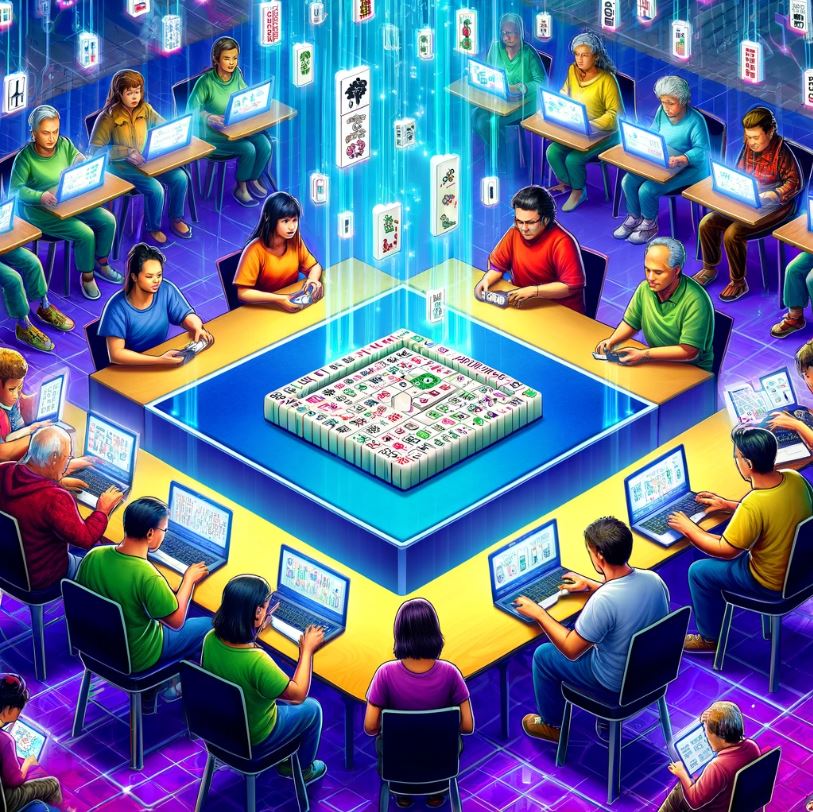
Similarly, Mahjong and Xiangqi have seen a digital renaissance of their own. Various apps and websites now offer these games complete with tutorials tailored to beginners and challenging AI options for experienced players. This digital transformation has made it easier for beginners to learn the rules and strategies at their own pace without the pressure of a real-time competition. Additionally, online Mahjong tournaments have become an integral part of the gaming community, further highlighting the game’s lasting appeal and competitive advantage.
Digital adaptations of Xiangqi have brought the game to a wider audience, demystifying its complex strategies and creating a platform for international competition. With online tutorials and the ability to play against artificial intelligence, these platforms provide an excellent learning resource for those interested in exploring the strategic depths of the game.
One significant benefit of these modern adaptations is the preservation of cultural heritage. By bringing traditional games like Go, Mahjong, and Xiangqi to the digital forefront, they remain relevant in today’s fast-paced world, bridging the gap between tradition and modernity. These platforms not only celebrate the rich history and strategic brilliance of these games but also ensure their transmission to future generations.
Additionally, the rise of digital platforms has led to the formation of a global community of gamers. Online forums and social media platforms dedicated to these games have emerged, allowing players to exchange strategies, discuss variations in gameplay, and organize international competitions. This sense of a global community contributes to the cultural exchange and mutual respect between players from diverse backgrounds.
In summary, the transition of traditional Asian board games to online platforms has represented a significant evolution in the way these games are played and viewed. It has created new opportunities for learning, competition, and cultural preservation, ensuring that these ancient games continue to capture and challenge players around the world.
The Influence on Global Gaming Culture

The significant impact of Asian board games on the global gaming industry can be seen in the increasing popularity of games such as Go, Mahjong and Xiangqi, beyond their original regions. These games, which are deeply rooted in strategic play, skill and patience, not only serve as a bridge between different cultures, but have also had a significant impact on the design and development of Western-style games.
For example, the strategic complexity and depth of Go has inspired the creation of various strategy and simulation games that focus on long-term planning and tactical flexibility. Mahjong, which combines strategy and chance, has had an influence on card and board games that aim for a balance between skilled play and the unpredictable nature of random elements. Similar to that, Xiangqi’s unique pieces and rules have contributed to the development of games that include non-traditional moves and objectives, challenging players to think creatively about space and movement on the game board.
The influence of Asian games extends beyond just their mechanics, to include the online gaming platforms on which they are played. These platforms have given traditional Asian games a new lease on life, bringing them to a wider audience and fostering a deeper understanding of the cultures that created them. The global reach of these platforms means that these games are now accessible to people from all over the world, preserving these cultural treasures for generations to come. The rise of digital versions of these games has also led to the introduction of tutorial systems, making them more accessible for beginners and ensuring that they continue to be played and appreciated by future generations.
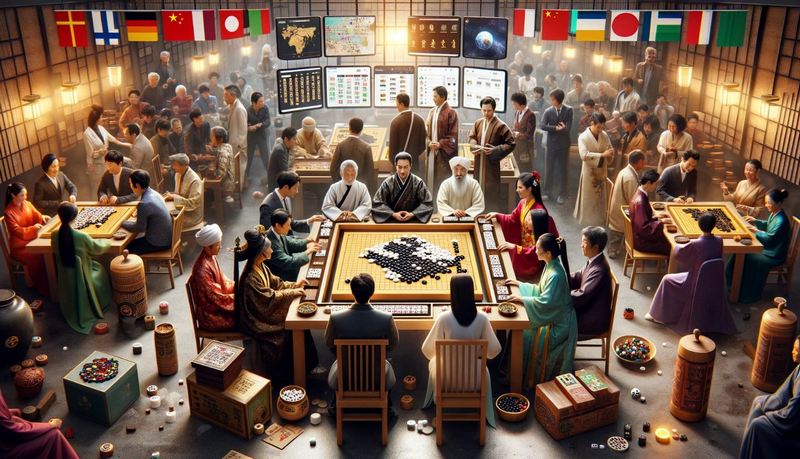
Furthermore, the competitive scene surrounding these games has received international attention, with tournaments and events attracting players from all over the world. This has further cemented their place in global gaming culture, demonstrating the universal appeal of these games that overcome cultural and linguistic differences.
In conclusion, Asian board games have a timeless appeal that continues to inspire game designers and players. They are a testament to the strategic depth of these games, and they continue to foster cross-cultural exchange and enhance the diversity in the global gaming landscape.
A Journey Through Time and Culture
Asian board games not only provide entertainment, but also a window into the cultures that have created them. When we play these games, we come into contact with centuries of history, strategies, and the shared human experience across continents.
This article captures the essence of Asian board games, offering readers an insight into their historical origins, gameplay, and lasting appeal. Whether you are a seasoned player or new to the world of board games, there is a rich history and fascinating gameplay waiting to be discovered in Asian board games.
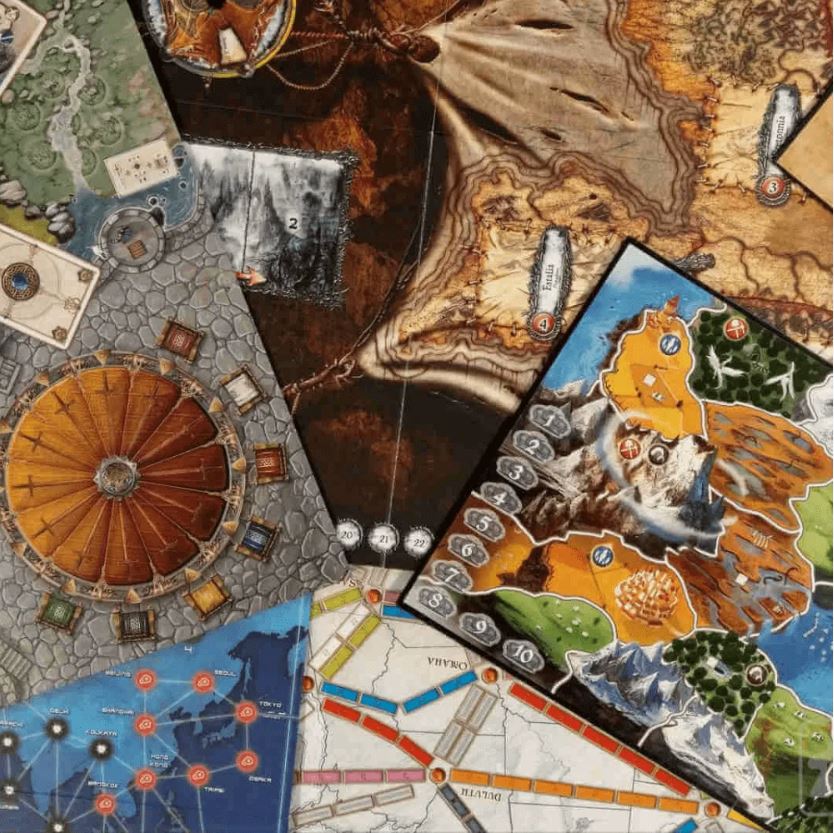

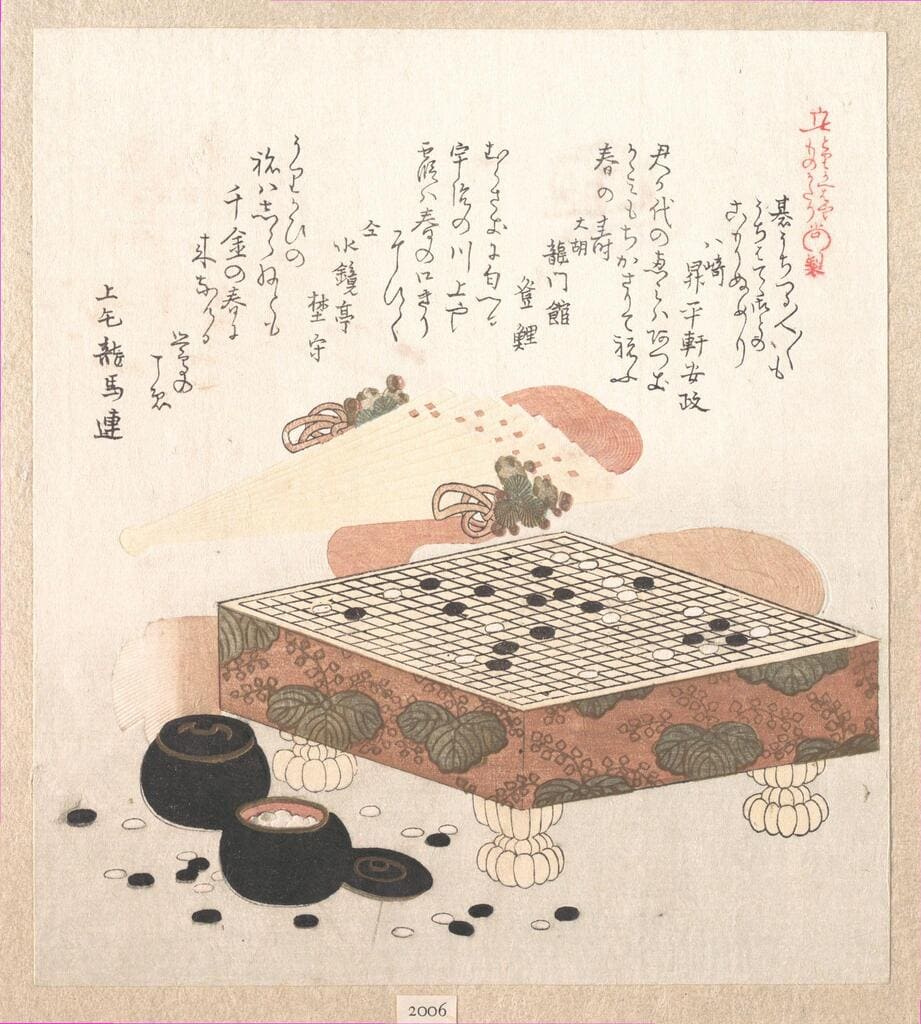
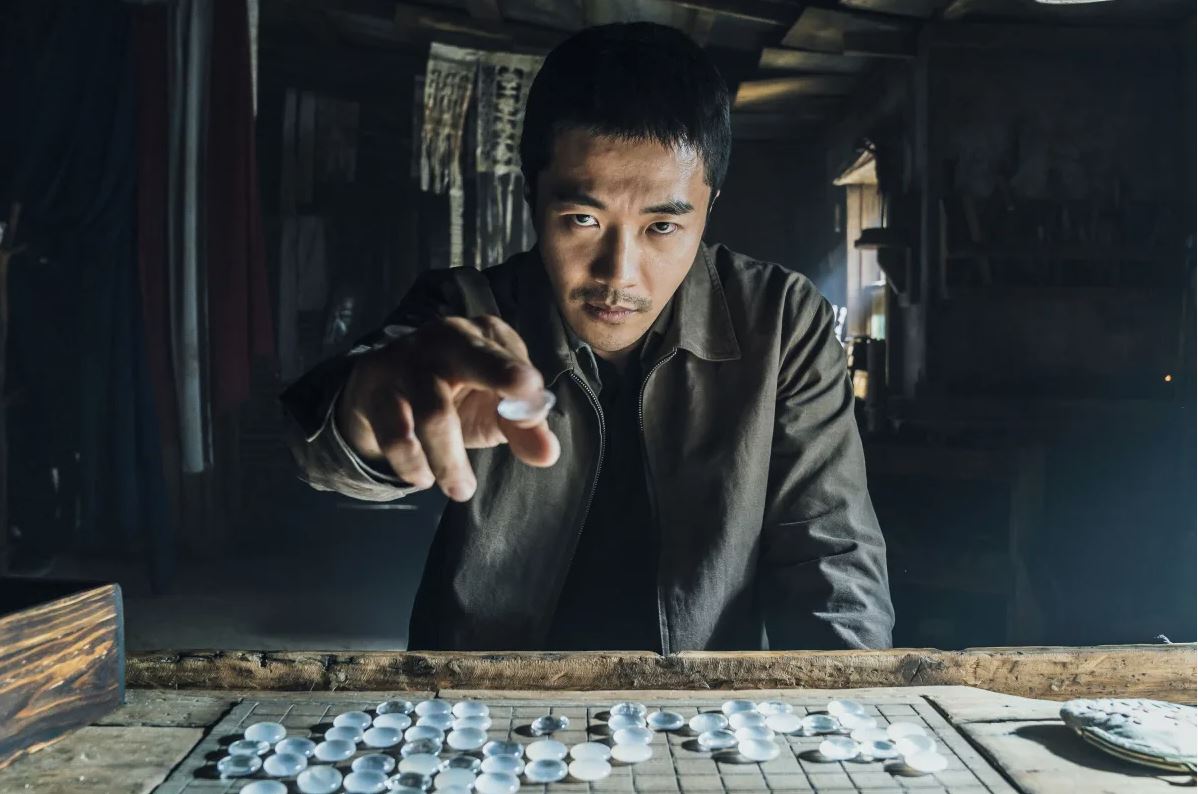
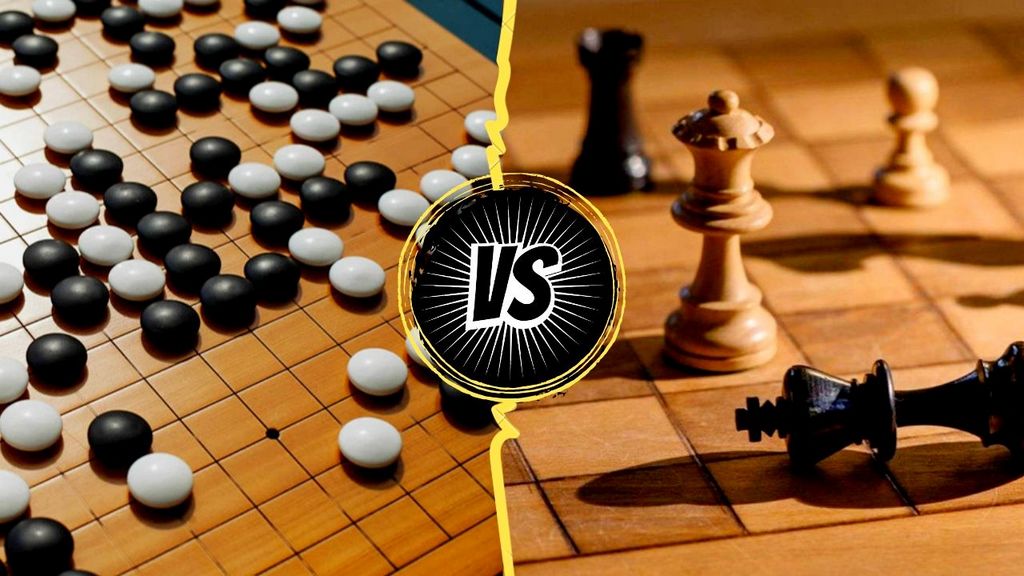
Leave a comment